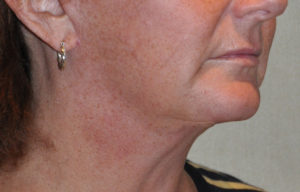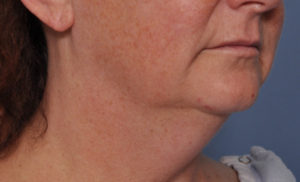A facelift does a tremendous job of improving the neck and jowl lines. While there are numerous methods and advocates of different facelift techniques, there is not one universally agreed upon technique that ‘works the best’. All types of facelifts must engage one important reality….the surgery is treating the symptoms of the problem (loose skin and tissues), not the cause of the problem. (aging and gravity) As a result, almost all patients will ‘outlive’ the results of their facelift. At the very least, the result will change over time and will not always stay with a nice tight neck and jaw line.

One phenomenon of facelift surgery that is not well known to patients is the concept of rebound relaxation. Almost all patients will experience it in the first months to year after their facelift. Because of the elasticity of skin (or the lack thereof in older skin), there will be some mild relaxation of a facelift in a relatively hsort period of time. In the first month or so, the neck and jowl line will be fairly tight…as tight as it was at the time of the operation. But with swelling and some skin relaxation, some small areas of mild laxity or a small roll or two of skin here or there will develop. This is not a result of your plastic surgeon not making it tight enough, it is because of rebound relaxation. No matter how tight your skin may have been pulled (which may not be a good idea to begin with), some rebound relaxation will occur.
Your quality of skin will have an effect how how much rebound relaxation will occur. In older thin skin which has lost much of its elasticity, more skin laxity will occur than in a younger patient. This is usually most evident in the jowls and central neck area. For this reason, I advise some patients that a touch-up or tuck-up may be desired in the first year after their facelift.
Dr. Barry Eppley
Indianapolis, Indiana



